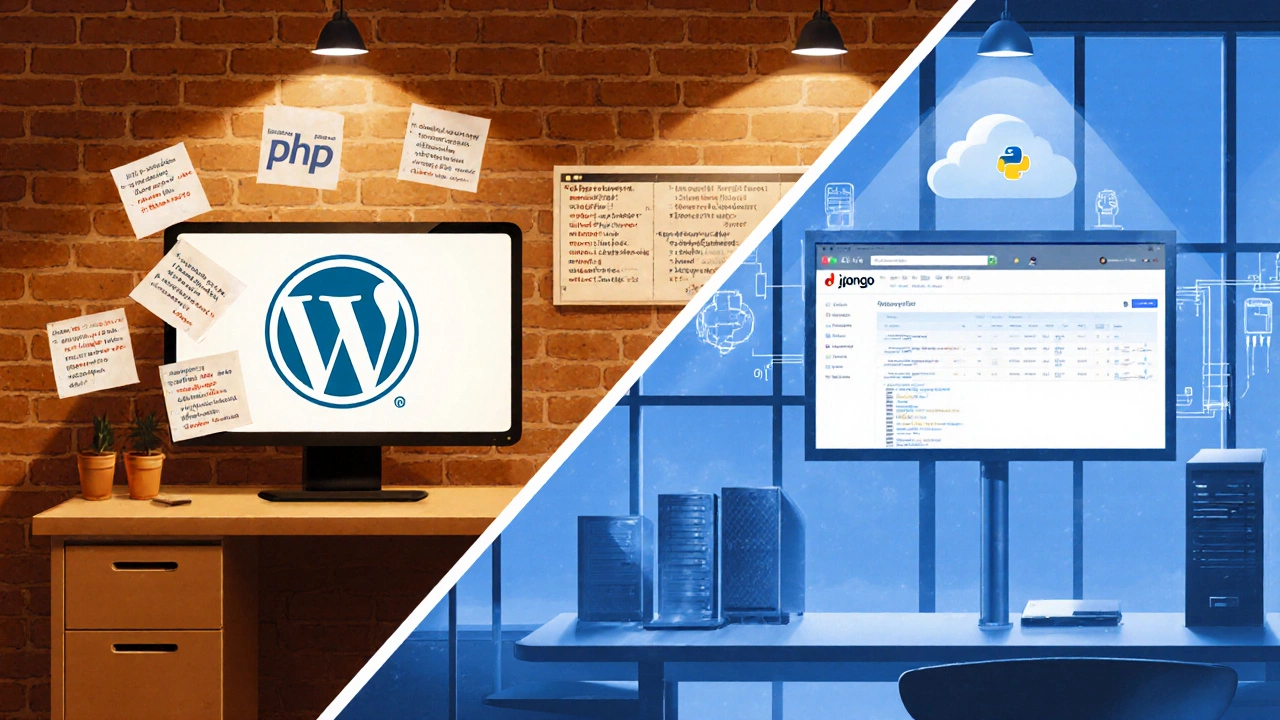When working with Python, a high‑level, interpreted language praised for readable syntax and a massive standard library. Also known as the language of simplicity, it powers many domains such as Web Development, building interactive sites and services with frameworks like Django and Flask and Data Science, analyzing data, training models and visualising results.
Python enables developers to move from idea to prototype quickly because it combines a clean language core with ready‑made libraries. That combination creates a semantic triple: Python encompasses web development, Python requires libraries such as Django, and web development influences Python’s ecosystem. If you’re curious about how a single language can cover front‑end APIs, back‑end logic and machine‑learning pipelines, you’re in the right spot.
First, Python’s versatility means you can start with a simple script and later expand into full‑stack web apps without switching languages. Second, the job market constantly lists Python as a top skill for both startups and enterprises. Third, the community contributes thousands of packages that keep the language fresh—think requests for HTTP, pandas for data frames, and TensorFlow for AI.
Our collection below reflects those three pillars. You’ll see posts that compare Python with PHP for web projects, explain how Django and Flask differ, and even guide you on using Python for data analysis. Each article focuses on a concrete scenario, so you can jump straight from theory to practice.
One common question is whether Python is a “beginner language.” The answer is yes, but with a twist: its simplicity doesn’t limit power. Beginners can write a web scraper in under an hour, while seasoned pros can orchestrate micro‑services across cloud providers. That dual nature forms another semantic link: Python supports both learning and production workloads.
Another frequent misconception is that Python is only for data scientists. In reality, the language’s design encourages clean code, making it a favorite for back‑end engineers, DevOps scripts, and even embedded systems. This leads to the triple: Data Science benefits from Python, while Web Development benefits from the same language, creating cross‑disciplinary synergy.
When you pick a framework, the choice often hinges on project size. Flask offers a lightweight, “do‑what‑you‑need” approach, perfect for micro‑services or hobby projects. Django, on the other hand, delivers an all‑in‑one solution with admin panels, authentication and ORM built‑in—ideal for larger applications. Understanding these trade‑offs is part of the practical guidance you’ll find in the articles below.
If you’re worried about performance, know that Python’s ecosystem includes tools like asyncio for concurrent I/O and C extensions for compute‑heavy tasks. While it may not beat compiled languages in raw speed, its development speed often outweighs that gap. That relationship—Python leverages async capabilities to improve web app responsiveness—shows how the language evolves alongside modern tech trends.
Security is another angle we cover. Python’s standard library offers built‑in modules for hashing, encryption and safe file handling. Plus, major frameworks release regular patches, so staying updated is a simple habit that protects your sites. This creates the triple: Secure coding relies on Python’s libraries, and Web Development relies on those same security features.
For those interested in career paths, we break down typical salaries, hiring trends and the most in‑demand Python specialties. Whether you aim to become a full‑stack developer, a data analyst or an AI researcher, the skill set overlaps enough to keep your options open. That overlap is a key semantic link: Python bridges multiple career tracks.
Finally, we address the learning curve. Start with core syntax—variables, loops and functions—then move to a project‑based approach. Build a simple blog with Flask, add a database with SQLAlchemy, then sprinkle in a data‑visualisation script using Matplotlib. Each step reuses what you’ve already learned, reinforcing the idea that Python builds upon prior knowledge.
Below you’ll find a curated list of articles that walk you through these concepts, compare tools, and give you actionable advice you can apply right now. Dive in to see how Python connects to web development, data science, and beyond, and pick the next guide that matches your current goal.

Compare PHP and Python for backend development, covering frameworks, performance, job market, hosting costs, and practical tips to help you decide which language to learn.
Read More